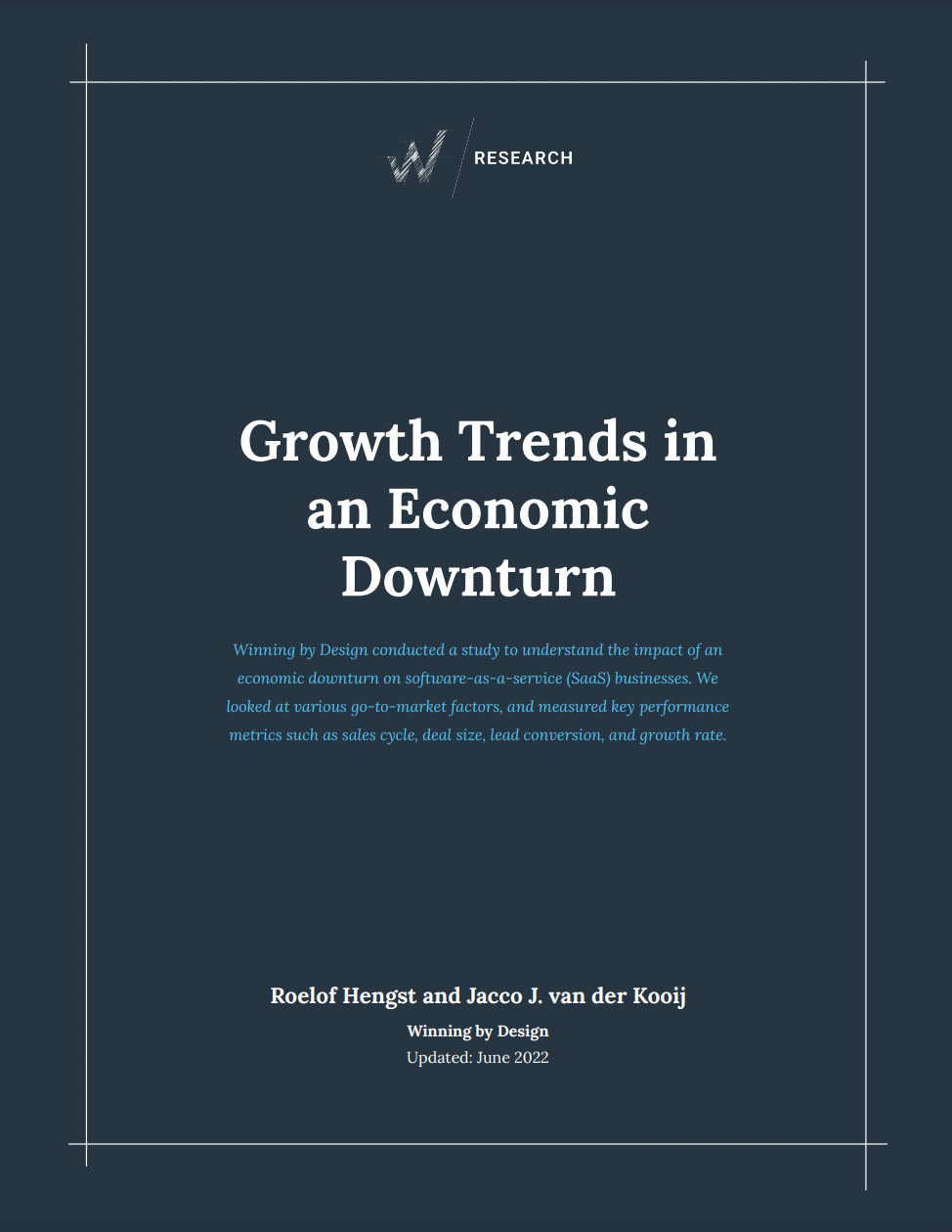
Analyzing Economic Meltdown Trends: A Comprehensive Overview
In the face of economic challenges, understanding and navigating the trends associated with an economic meltdown are paramount. This article delves into the key trends characterizing economic meltdowns, offering insights into their origins, impacts, and strategies for stability.
Origins of Economic Meltdown: Unraveling the Factors
Economic meltdowns are complex phenomena often rooted in a combination of factors. These may include financial crises, unsustainable debt levels, market volatility, geopolitical tensions, and external shocks. By analyzing the origins, economists and policymakers can identify potential vulnerabilities and work towards mitigating risks.
Impact on Financial Markets: Unruly Waves and Turmoil
One prominent trend during an economic meltdown is the significant impact on financial markets. Stock markets may experience sharp declines, currency values may fluctuate wildly, and interest rates can become unpredictable. Investors often face uncertainty, leading to increased volatility and a risk-averse environment.
Ripple Effects on Businesses: Navigating Turbulent Waters
Businesses bear the brunt of economic meltdowns, facing challenges such as reduced consumer spending, tightened credit conditions, and disrupted supply chains. The ripple effects can result in bankruptcies, layoffs, and a general downturn in economic activity. Adaptability and strategic planning become crucial for business survival.
Unemployment Surges: Social and Economic Ramifications
One of the most distressing trends associated with economic meltdowns is a surge in unemployment. Companies may cut jobs to reduce costs, and individuals may struggle to find new employment opportunities. The socio-economic ramifications include increased poverty, strained social services, and potential unrest.
Government Intervention: Crafting Stabilization Policies
Governments often play a central role in responding to economic meltdowns. Stabilization policies, including fiscal stimulus measures and monetary interventions, are implemented to counteract the negative trends. The effectiveness of these policies depends on their timeliness, scale, and alignment with prevailing economic conditions.
Consumer Behavior Shifts: From Spending to Saving
Economic uncertainty prompts shifts in consumer behavior. During meltdowns, consumers tend to cut discretionary spending, prioritize essential goods and services, and increase savings. Understanding these shifts is essential for businesses adapting their marketing strategies and for policymakers gauging economic sentiment.
Global Economic Interconnectedness: Contagion Effects
In an era of global economic interconnectedness, the trends of an economic meltdown are seldom confined to one region. Contagion effects can spread across borders, impacting international trade, finance, and investment. This highlights the importance of coordinated global responses to mitigate the broader impact.
Asset Price Deflation: Challenges for Investors
Economic meltdowns often witness asset price deflation, affecting real estate, stocks, and other investments. Investors may experience significant losses, leading to a reassessment of risk tolerance and investment strategies. Diversification and risk management become crucial considerations in such turbulent times.
Recovery Strategies: Navigating the Path Forward
As economic meltdowns unfold, the focus shifts towards recovery strategies. Governments implement reforms, businesses adapt to new market realities, and individuals seek to rebuild financial stability. Collaborative efforts between public and private sectors are essential for a sustainable and inclusive economic recovery.
Exploring Economic Meltdown Trends Further
For an in-depth exploration of economic meltdown trends and strategies for stability, visit Economic Meltdown Trends. Gain valuable insights into the dynamics shaping economies during challenging times and discover proactive approaches to navigate uncertainties.
In conclusion, economic meltdowns are multifaceted events with far-reaching implications. By understanding the trends, addressing root causes, and implementing strategic measures, economies can weather the storm and pave the way for a more resilient and sustainable future.



